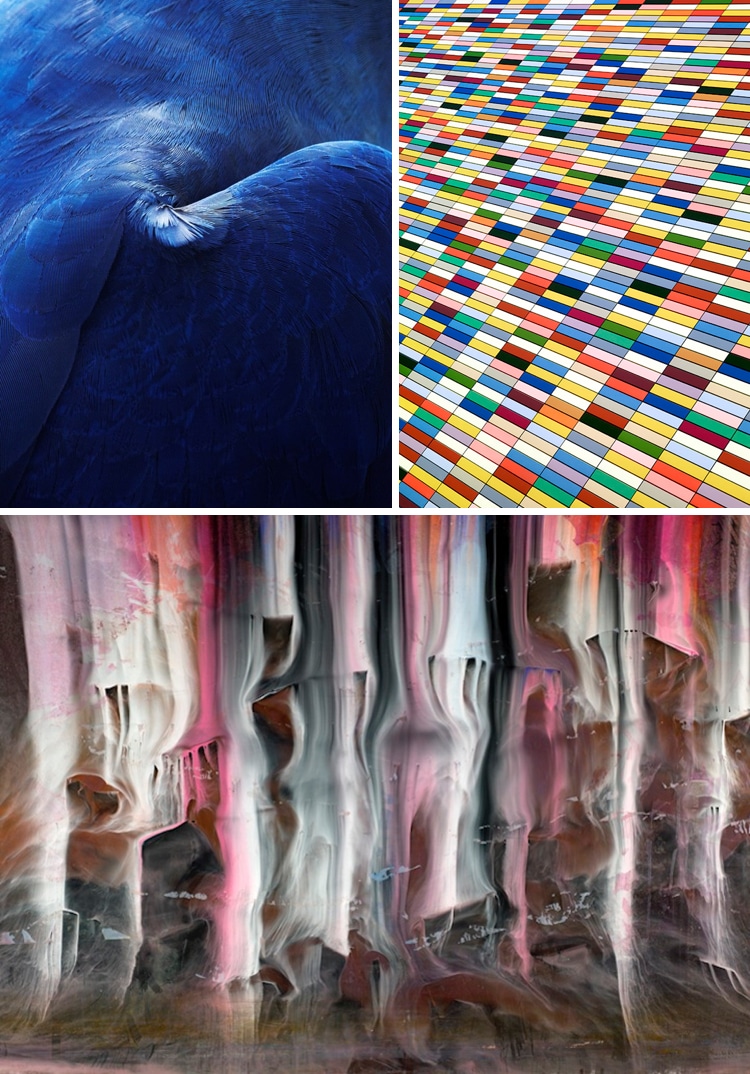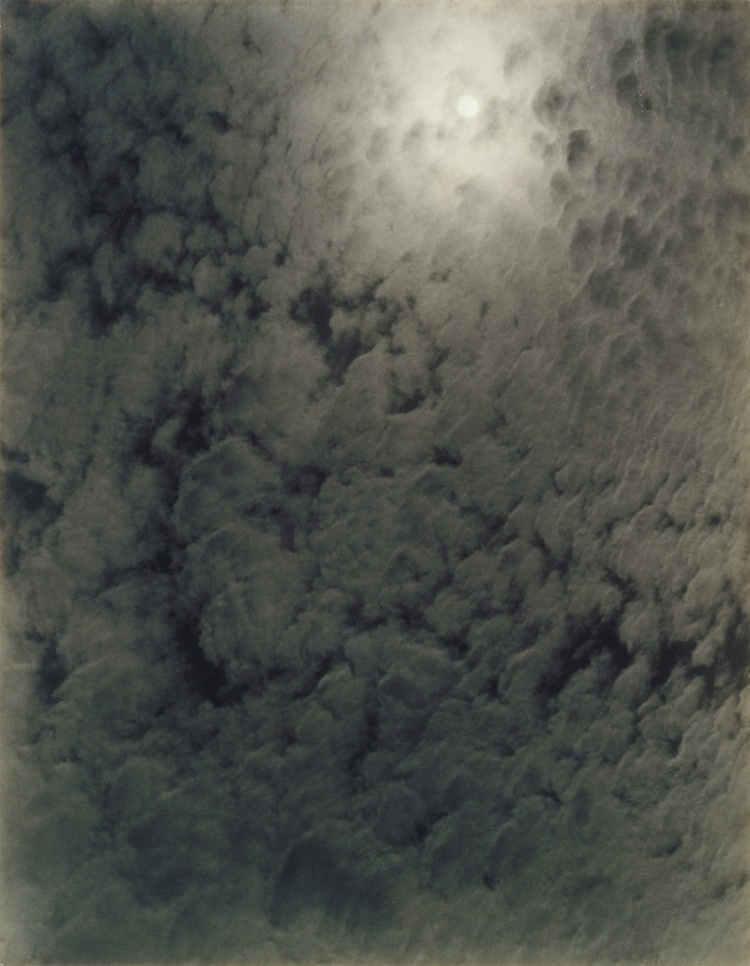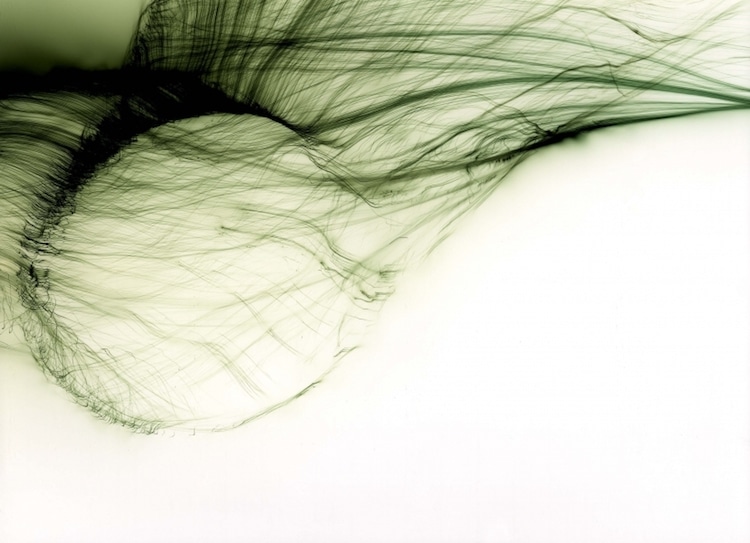
Clockwise from top left: Thomas Lohr, Roland Fischer, Kim Keever.
When we think of the abstract in terms of art, great painters like Jackson Pollock or Piet Mondrian come to mind, but painting isn’t the only artistic field where abstraction comes into play. Since the world’s first photograph in the 19th century, artistic photographers have been experimenting with how a camera—ostensibly used to capture reality—can be manipulated to give a different view of the world around us.
But just what is it that makes a photograph abstract? It can seem difficult to pin down an exact definition, but there are many characteristics that make up abstract photography. Most commonly, abstraction takes place when a photographer focuses in on a fragment of a natural scene, isolating it from its context.
By zeroing in on the color, texture, line, shape, geometry, symmetry, or reflection of a scene, that photographer warps our perception of the real world and familiar objects. For instance, if you take a picture of a green apple, but zoom in on just a drop of water running down the bright green peel in a way that a viewer doesn’t immediately recognize the object, but is more driven by the sensation, then you’ve taken a shot at abstraction.
History of Abstract Photography
The genre got a push by Surrealist Man Ray and Bauhaus leader László Moholy-Nagy, but it was really American photographer Alfred Stieglitz who took the practice to a new level. It’s generally accepted that his series Music – A Sequence of Ten Cloud Photographs, is the first intentional set of abstract photographs. Created in 1922, this started twelve years of Stieglitz taking hundreds of cloud photographs, which he ended up titling Equivalents.
Putting practice into theory, in his 1929 essay about the history of photography, Walter Benjamin astutely observed that abstraction and photography aren’t mutually exclusive. “It is another nature which speaks to the camera rather than to the eye.” This gave further permission for artists to push the boundaries of photography, using it for other purposes outside of realism.

Alfred Stieglitz, Equivalent, 1926. (Photo: Metropolitan Museum of Art)
Abstract Photography Today
Now a widely accepted artistic genre, photographers like Aaron Siskind and Minor White are known for their work, which borders on painterly. In fact, Siskind worked closely with Pollock during the 1950s and 1960s.
Currently, Thomas Ruff and Wolfgang Tillmans are two of the leading names in abstract photography. Ruff, in particular, explores the possibilities of manipulating web images into unrecognizable forms. He also often takes from scientific sources, such as in his Cassini series, which originated from NASA photographs. Interestingly, Tillmans uses the development process itself in his work, with his Silver series using the reaction of photographic paper to light in order to create abstract photographs.

Wolfgang Tillmans, Freischwimmer 55, 2004. (Photo: Regen Projects)
